Unraveling the Top Culprits Behind Persistent Foot Pain
Your feet are engineering marvels, a complex symphony of bones, joints, and soft tissues that silently bear the brunt of every step, jump, and stand. Yet, despite their incredible resilience, persistent foot pain remains a frustrating, often debilitating, mystery for millions. It’s more than just an ache; it's a thief of mobility, comfort, and quality of life, frequently misunderstood and underestimated. We often take these intricate foundations for granted until a sharp twinge or dull throb disrupts our day. Understanding the true culprits behind this common ailment is the first step toward lasting relief. That’s why we’ve significantly expanded our definitive guide of intricate causes of persistent foot pain, offering crucial insights into their nature, symptoms, and the precise steps you can take to reclaim your comfort and stride.
1. Plantar Fasciitis - The Common Foe
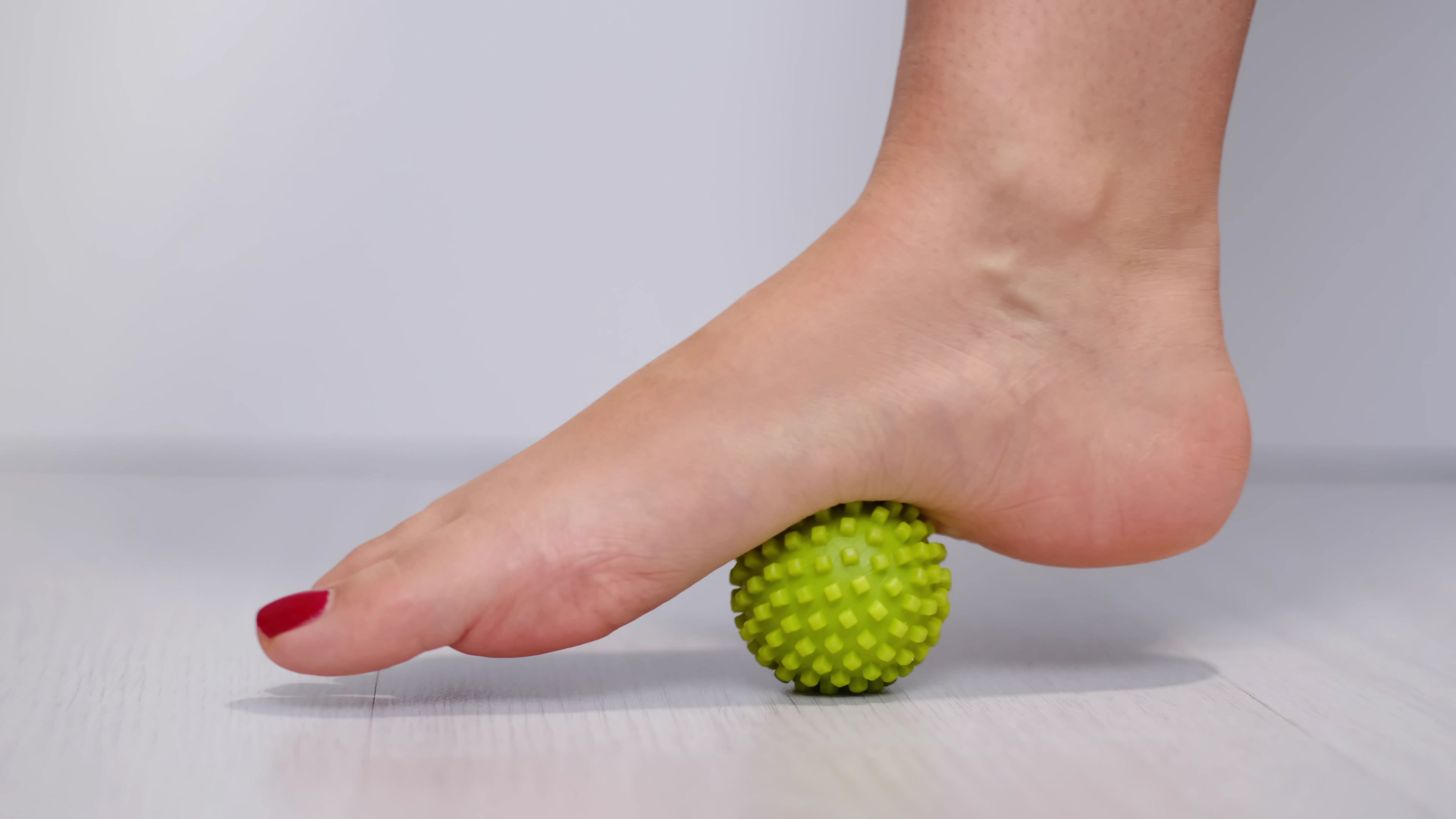
Plantar fasciitis is one of the leading causes of foot pain, affecting millions worldwide. This condition involves inflammation of the plantar fascia, a thick band of tissue that runs across the bottom of the foot, connecting the heel bone to the toes. The pain is often described as a sharp, stabbing sensation in the heel, particularly noticeable during the first steps in the morning or after prolonged periods of rest. Factors contributing to plantar fasciitis include overuse, obesity, and inadequate footwear. Athletes, especially runners, are particularly susceptible due to the repetitive stress placed on their feet. Treatment typically involves rest, stretching exercises, and supportive footwear. In severe cases, physical therapy, orthotics, or even surgical intervention may be necessary. Understanding plantar fasciitis is crucial, as early intervention can prevent chronic discomfort and further complications.
2. Bunions - The Misaligned Menace
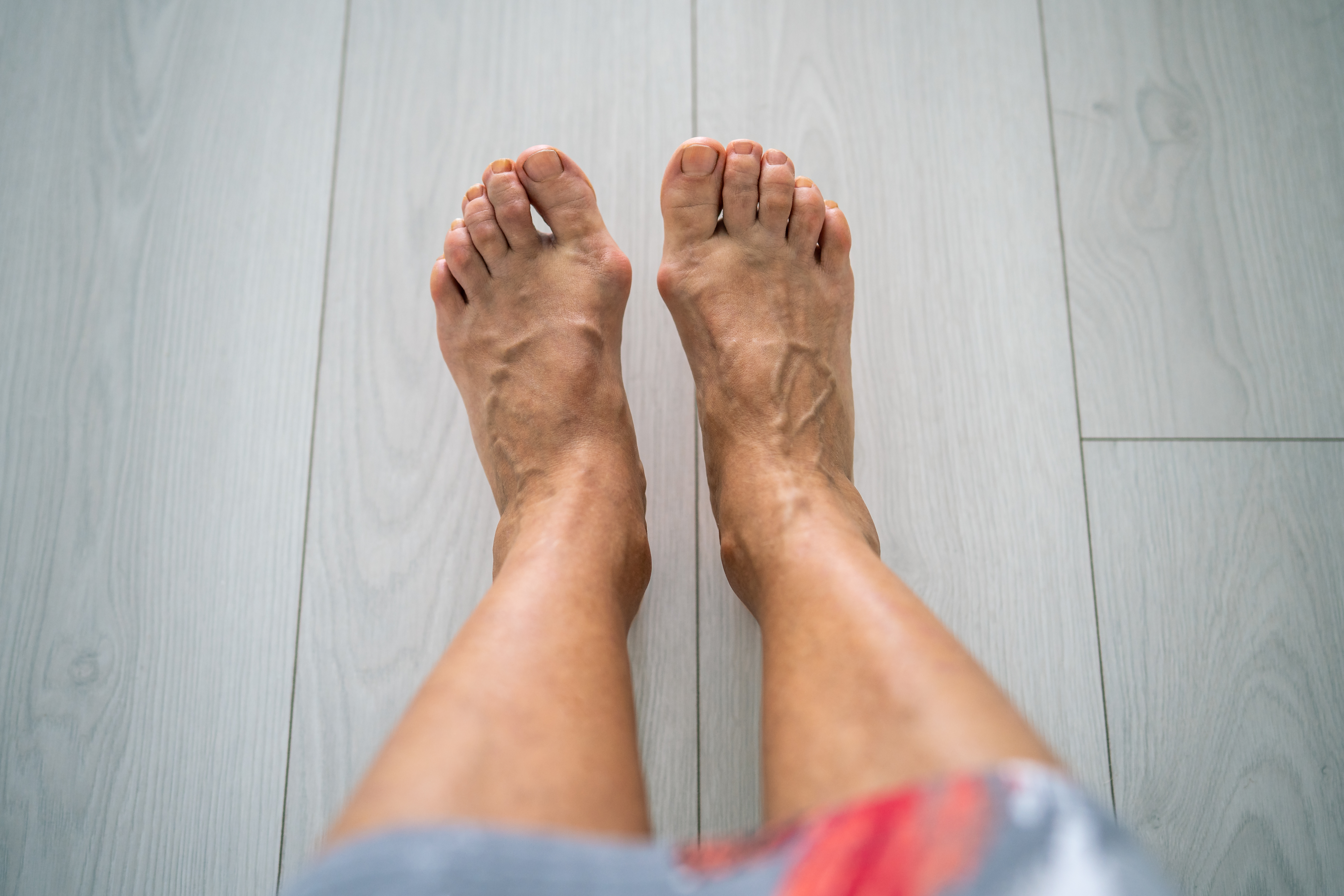
Bunions are bony bumps that form on the joint at the base of the big toe, leading to significant discomfort and pain. This deformity occurs when the big toe pushes against the next toe, causing the joint to protrude and become swollen. Bunions can be hereditary, but they are often exacerbated by wearing tight, narrow shoes that squeeze the toes together. Women are more frequently affected due to the prevalence of high-heeled, pointed footwear in fashion. Symptoms include pain, swelling, and redness around the affected joint, with the potential for calluses or corns to develop. Treatment focuses on relieving pressure on the bunion through proper footwear, orthotic devices, and anti-inflammatory medications. In severe cases, surgical correction may be considered. Addressing bunions early can prevent progression and alleviate pain, emphasizing the importance of proper foot care and footwear choices.
3. Achilles Tendinitis - The Overuse Injury
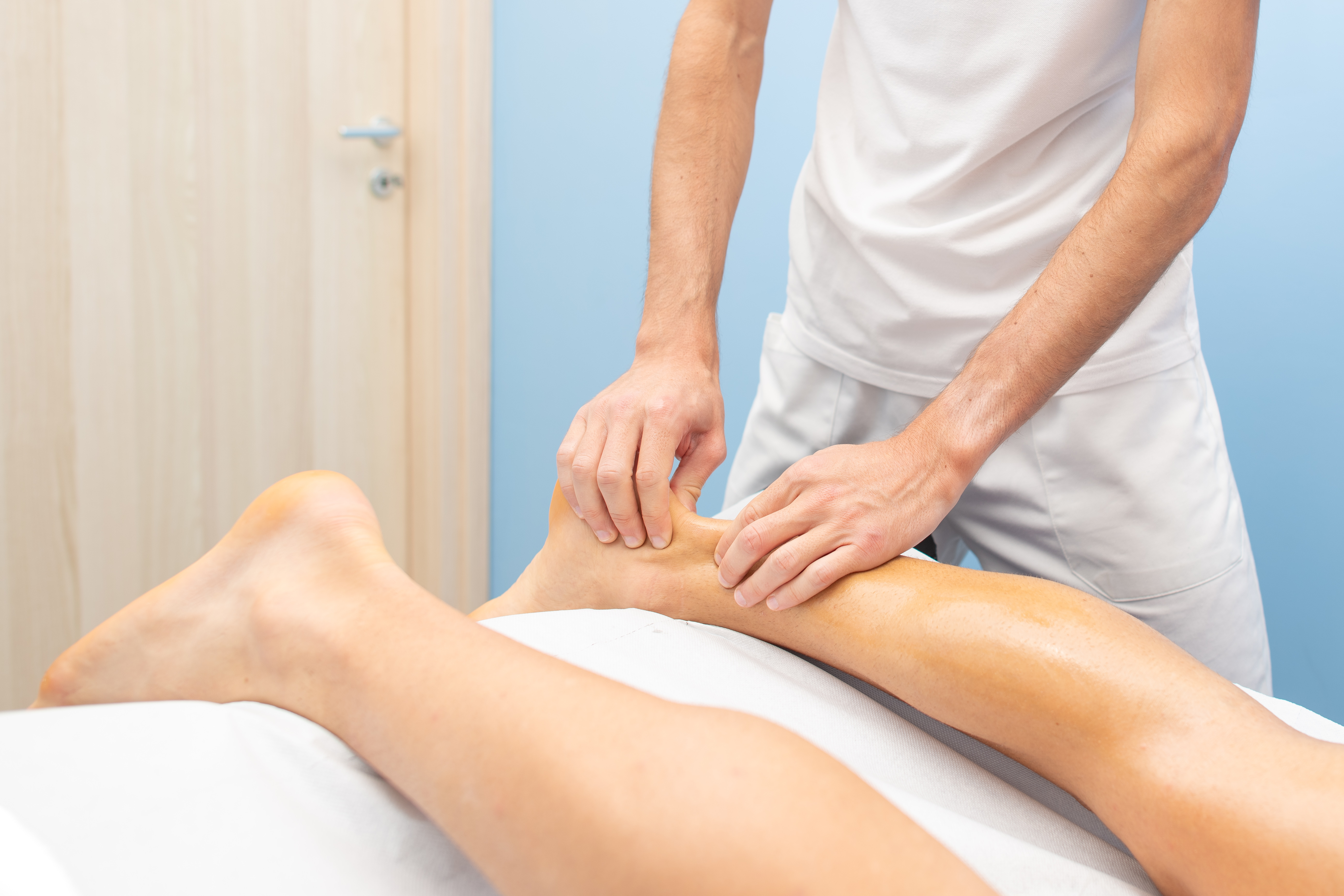
Achilles tendinitis is a condition characterized by inflammation of the Achilles tendon, the largest tendon in the body that connects the calf muscles to the heel bone. This condition is often the result of repetitive stress and overuse, particularly in athletes who engage in activities that involve running or jumping. Symptoms include pain and stiffness along the Achilles tendon, especially in the morning or after exercise. Risk factors include sudden increases in physical activity, tight calf muscles, and inappropriate footwear. Treatment involves rest, ice application, stretching exercises, and anti-inflammatory medications. In some cases, physical therapy or orthotics may be recommended to support recovery. Understanding the causes and treatment of Achilles tendinitis is essential for preventing long-term damage and ensuring a swift return to physical activity.
4. Flat Feet - The Underestimated Agony
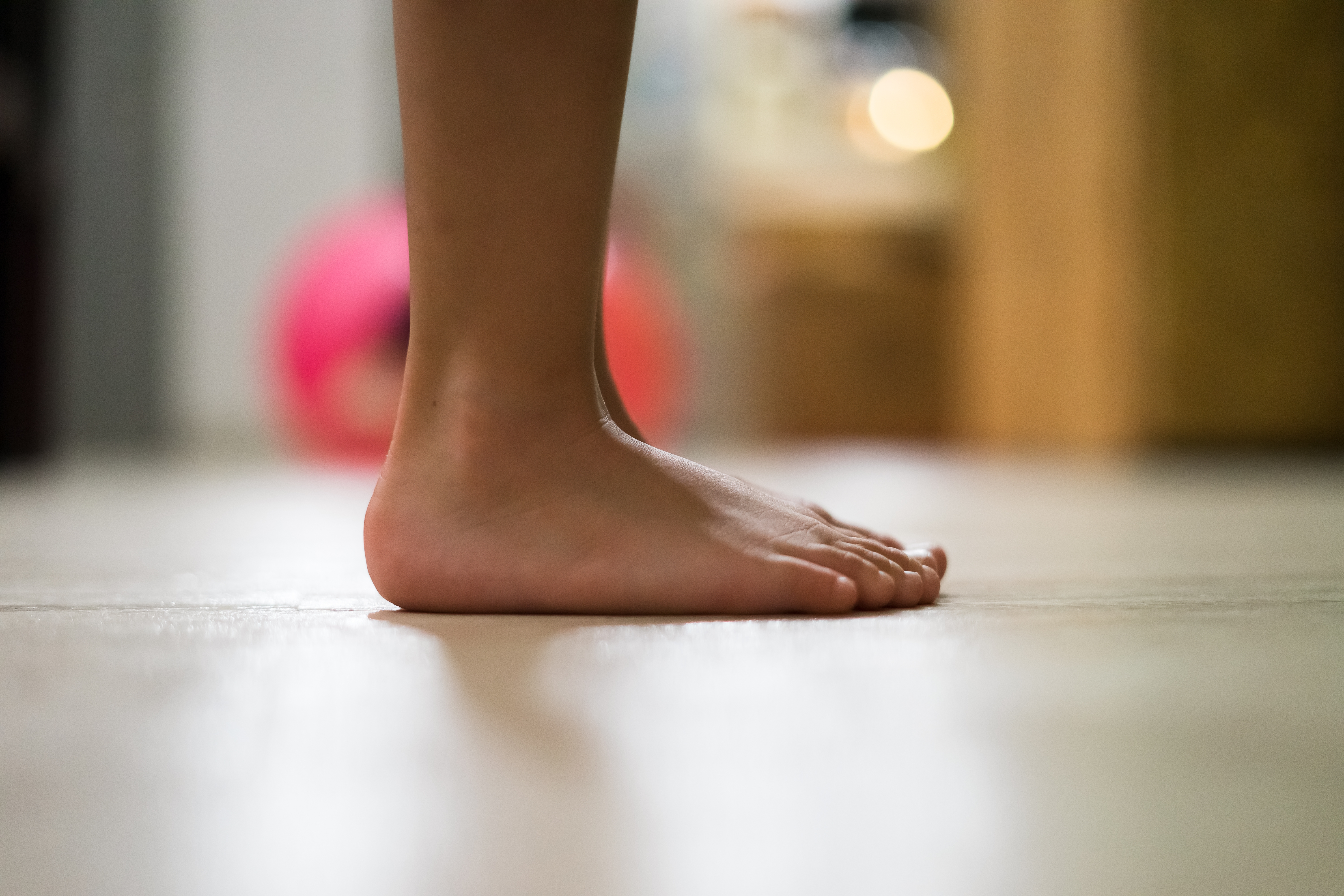
Flat feet, or fallen arches, occur when the arches of the feet collapse, causing the entire sole to come into contact with the ground. This condition can be congenital or develop over time due to injury, obesity, or arthritis. While some individuals with flat feet experience no symptoms, others may suffer from foot pain, swelling, and difficulty standing on their toes. The lack of arch support can also lead to problems in the ankles, knees, and lower back. Treatment focuses on providing adequate support through custom orthotics, supportive footwear, and exercises to strengthen the foot and ankle muscles. In severe cases, surgical intervention may be necessary. Recognizing the impact of flat feet and addressing the condition early can prevent further complications and improve overall foot health.
5. Morton's Neuroma - The Nerve Entrapment
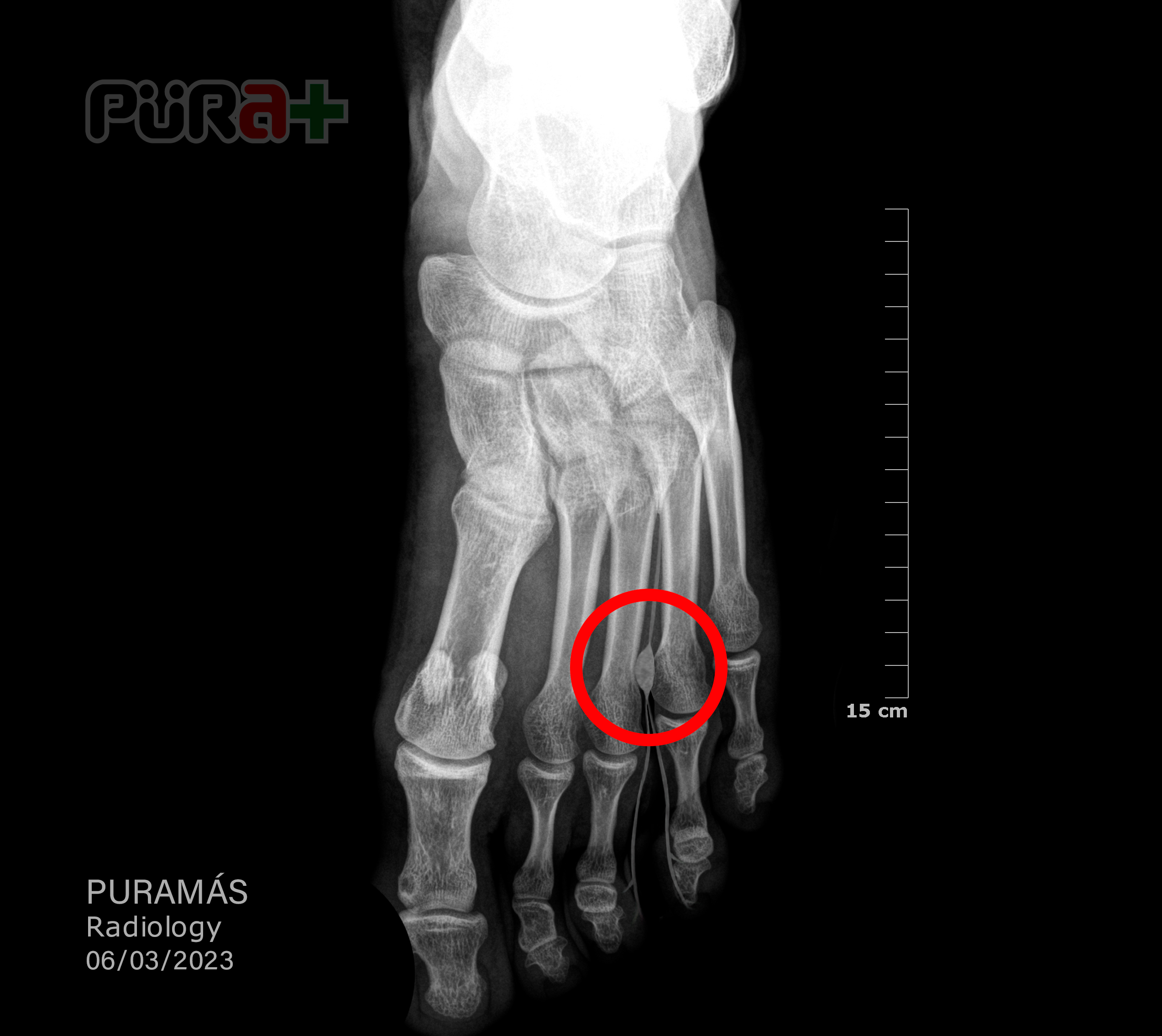
Morton's neuroma is a painful condition affecting the ball of the foot, commonly between the third and fourth toes. It involves thickening of the tissue surrounding one of the nerves leading to the toes, often resulting from irritation, injury, or pressure. Symptoms include sharp, burning pain in the ball of the foot, tingling, or numbness in the toes. High-heeled or tight shoes can exacerbate the condition, as they place additional pressure on the forefoot. Treatment aims to relieve pressure on the affected nerve, often through changes in footwear, orthotic devices, and anti-inflammatory medications. In persistent cases, corticosteroid injections or surgical removal of the affected nerve may be considered. Understanding Morton's neuroma is crucial for preventing chronic pain and maintaining foot health, especially for those who frequently wear restrictive footwear.
6. Arthritis - The Degenerative Dilemma
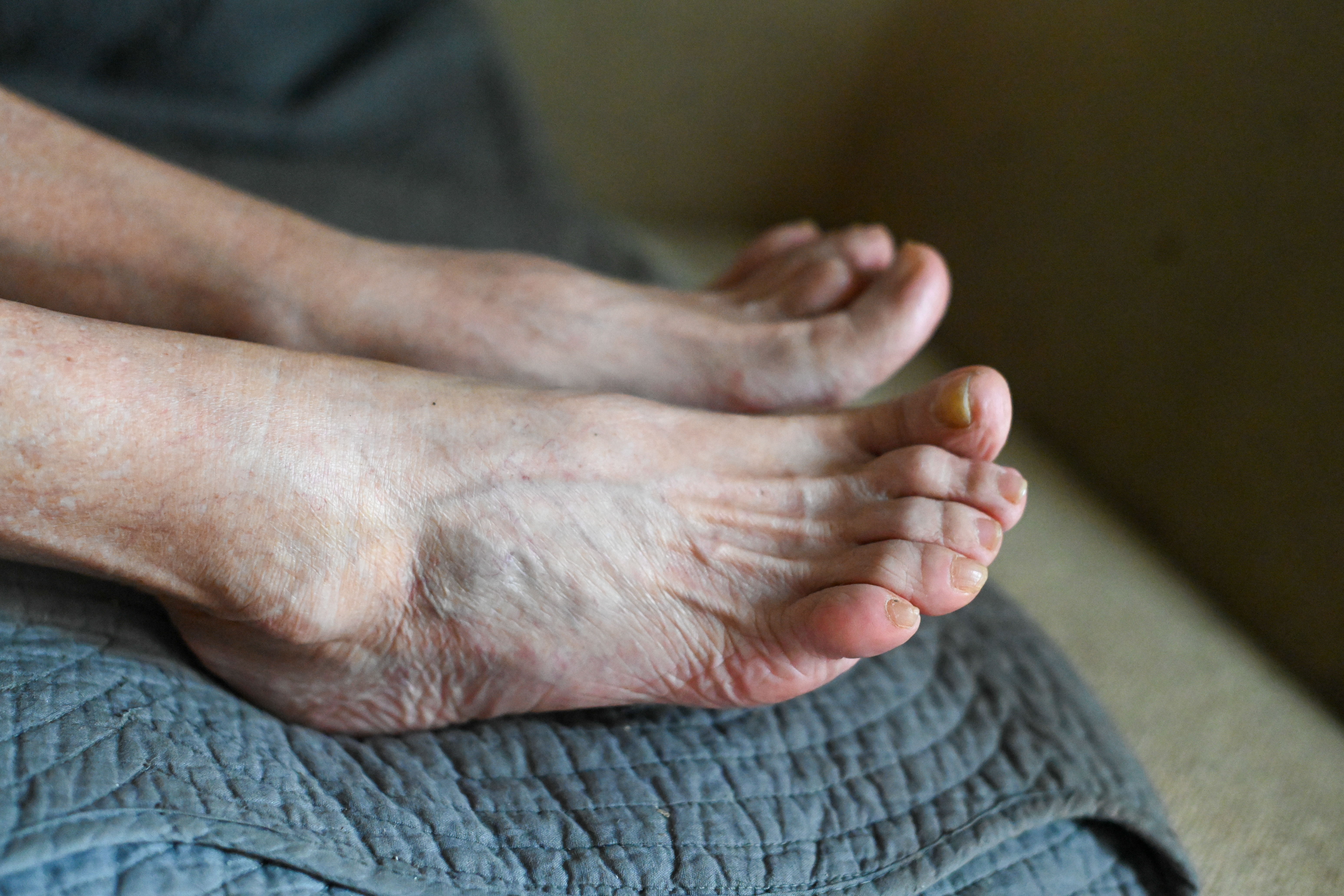
Arthritis is a broad term encompassing over 100 different conditions characterized by inflammation of the joints. In the feet, the most common types are osteoarthritis and rheumatoid arthritis. Osteoarthritis results from the wear and tear of joint cartilage, while rheumatoid arthritis is an autoimmune disorder that attacks the joints. Symptoms include pain, swelling, stiffness, and reduced range of motion, often leading to significant discomfort and mobility issues. Treatment focuses on managing symptoms and slowing disease progression through medications, physical therapy, and lifestyle modifications. In severe cases, surgical intervention may be necessary to repair or replace damaged joints. Understanding arthritis and its impact on foot health is essential for effective management and maintaining quality of life.
7. Gout - The Inflammatory Intruder
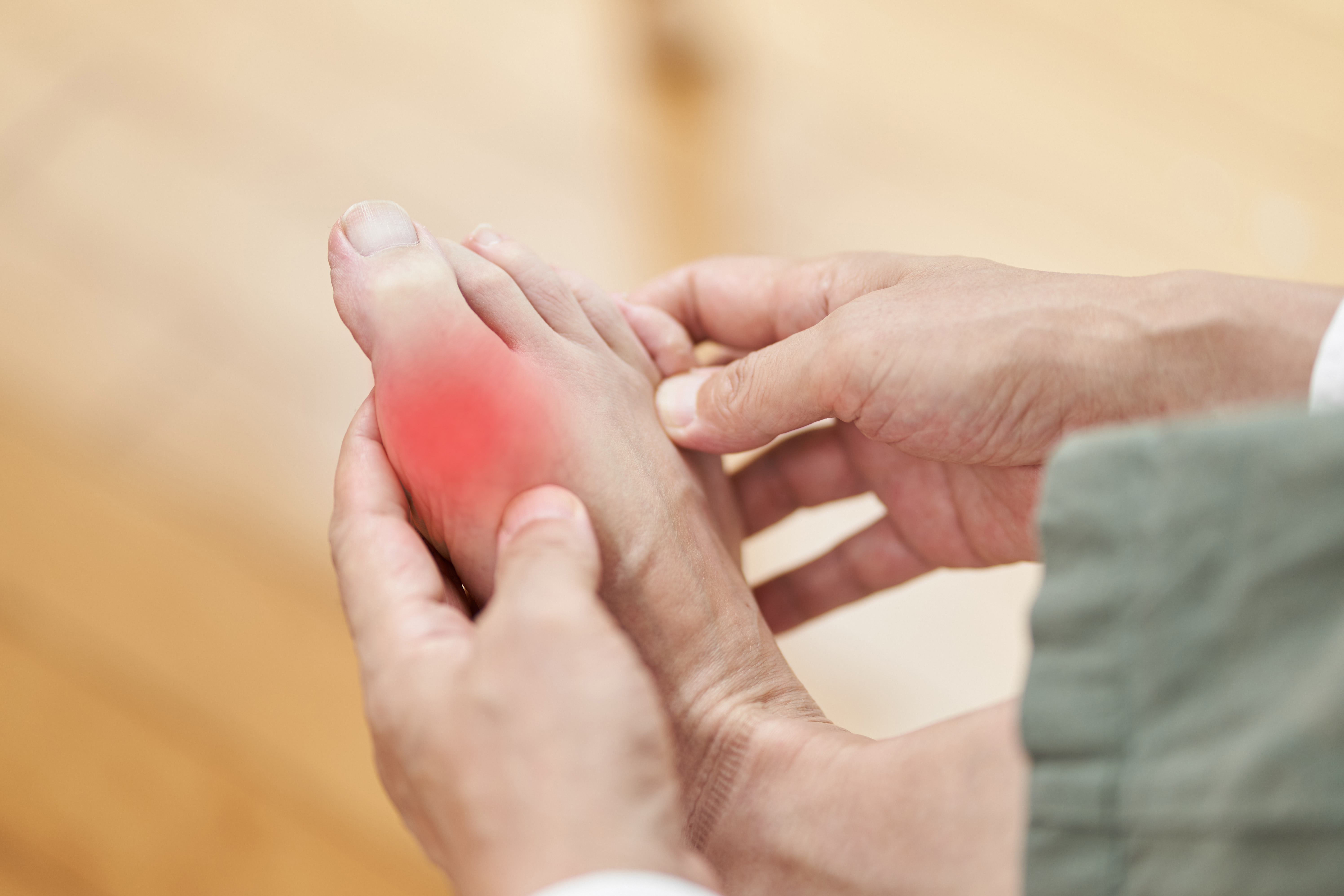
Gout is a form of arthritis characterized by sudden, severe attacks of pain, redness, and swelling in the joints, often affecting the big toe. It results from the accumulation of urate crystals in the joint, caused by high levels of uric acid in the blood. Factors contributing to gout include genetics, diet, obesity, and certain medical conditions. Symptoms typically appear suddenly, often at night, and can be excruciating, leading to significant discomfort and immobility. Treatment involves medications to reduce inflammation and lower uric acid levels, as well as lifestyle modifications to prevent future attacks. Understanding gout and its triggers is crucial for effective management and prevention, particularly for those with a family history of the condition.
8. Diabetic Neuropathy - The Silent Threat

Diabetic neuropathy is a type of nerve damage that can occur in individuals with diabetes, often affecting the feet and legs. High blood sugar levels can damage nerves over time, leading to symptoms such as pain, tingling, numbness, and muscle weakness. This condition can significantly impact foot health, increasing the risk of ulcers, infections, and even amputations if not managed properly. Treatment focuses on controlling blood sugar levels, managing symptoms, and preventing complications through regular foot care and monitoring. Understanding diabetic neuropathy and its impact on foot health is essential for individuals with diabetes, as early intervention can prevent severe complications and maintain quality of life.
9. Stress Fractures - The Subtle Saboteur

Stress fractures are tiny cracks in a bone caused by repetitive force or overuse, often affecting the weight-bearing bones of the foot. Athletes, particularly runners and dancers, are at higher risk due to the repetitive stress placed on their feet. Symptoms include pain that worsens with activity and subsides with rest, swelling, and tenderness. Risk factors include sudden increases in physical activity, inadequate footwear, and poor bone density. Treatment involves rest, ice application, and supportive footwear to allow the bone to heal. In severe cases, immobilization or surgical intervention may be necessary. Understanding stress fractures and their prevention is crucial for athletes and active individuals to maintain foot health and prevent long-term damage.
10. Peripheral Artery Disease (PAD) – The Circulatory Concern

Peripheral Artery Disease (PAD) is a condition in which narrowed arteries reduce blood flow to the extremities, often affecting the feet and legs. This restricted circulation can lead to pain, cramping, numbness, and slow-healing wounds, making even routine activities like walking or standing uncomfortable. PAD is commonly caused by a buildup of fatty deposits (atherosclerosis) in the arteries, which can be exacerbated by risk factors such as smoking, diabetes, high cholesterol, and hypertension. One of the hallmark symptoms of PAD is intermittent claudication—pain that occurs in the legs or feet during activity but subsides with rest. Left untreated, PAD can lead to severe complications, including ulcers, infections, and an increased risk of amputation. Treatment focuses on improving circulation through lifestyle changes such as regular exercise, a heart-healthy diet, and smoking cessation. In more advanced cases, medication or surgical interventions like angioplasty may be necessary. Recognizing PAD early is crucial for preventing further vascular damage and maintaining foot health.
11. Sesamoiditis – The Big Toe’s Hidden Ache
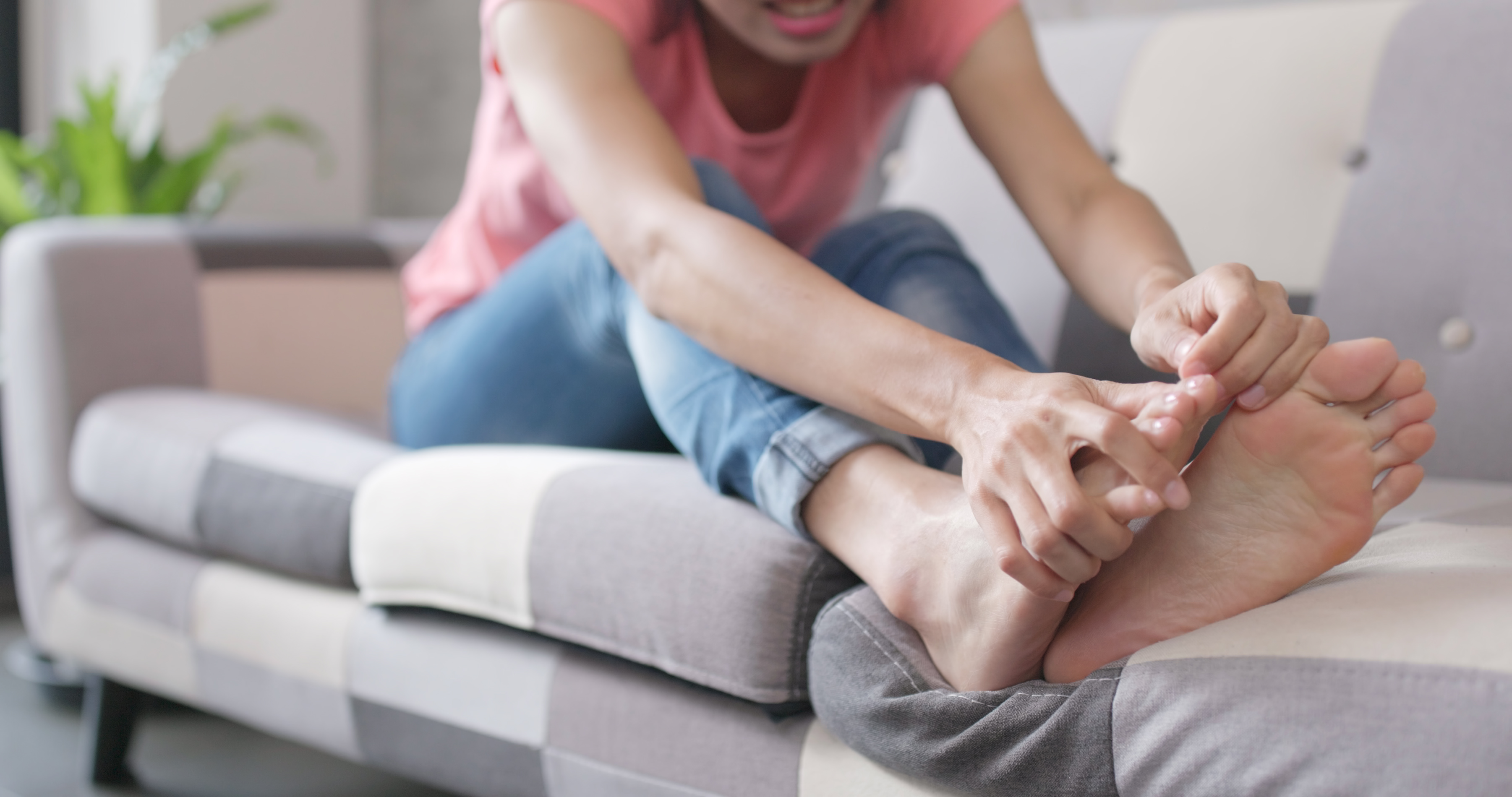
Beneath your big toe joint lie two tiny, pea-shaped bones called sesamoids, embedded within tendons, much like your kneecap. Sesamoiditis is the inflammation of these bones or the surrounding tendons, often caused by repetitive pressure from activities like running, dancing, or wearing high heels. Symptoms include persistent pain directly under the big toe, especially when pushing off the foot or bending the toe. Unlike bunions, there's no visible bump. Treatment involves rest, special orthotics to offload pressure, and anti-inflammatory measures, crucial for restoring this small but mighty joint's function.
12. Tarsal Tunnel Syndrome – The Foot’s Carpal Tunnel
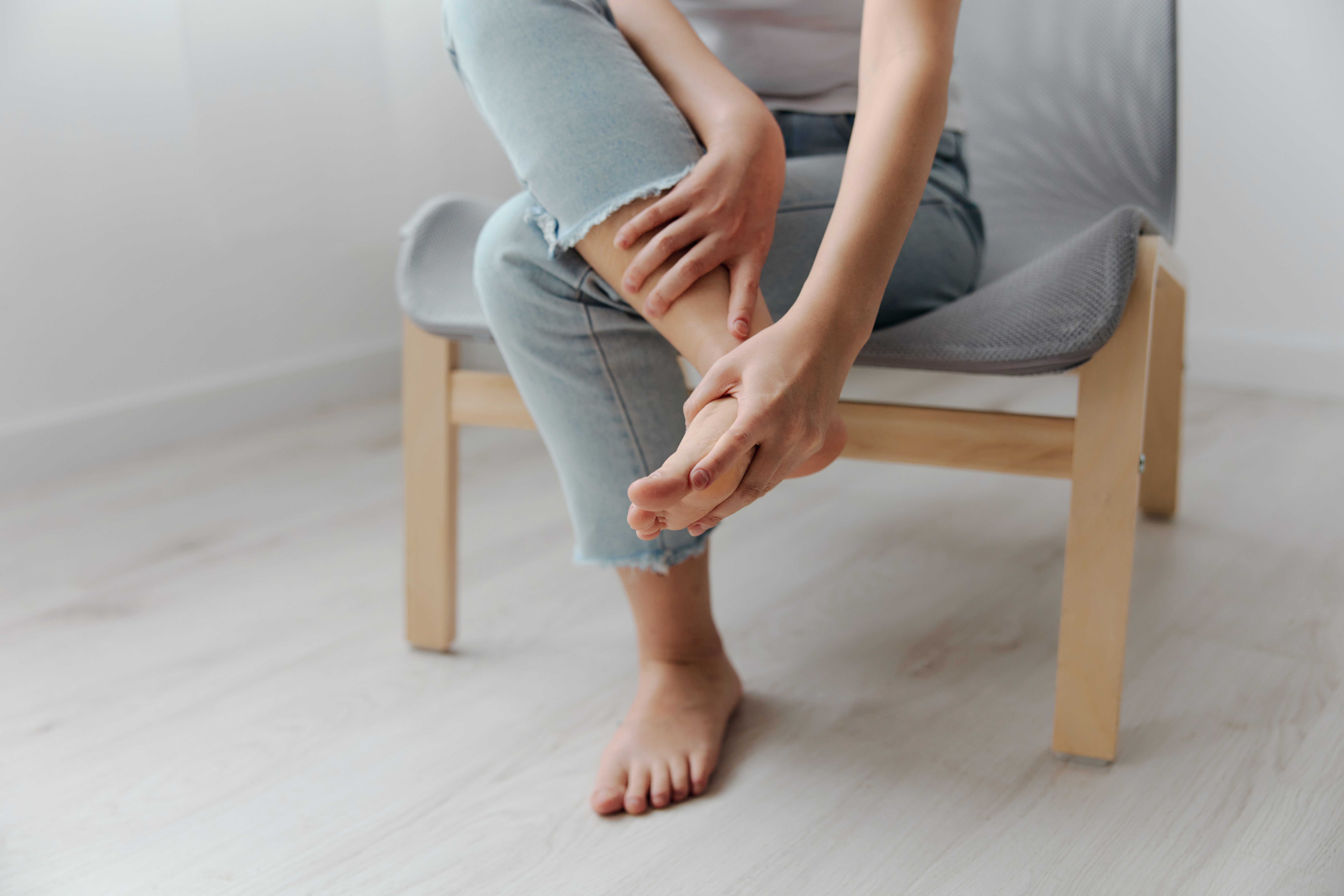
Similar to carpal tunnel syndrome in the wrist, Tarsal Tunnel Syndrome involves the compression of the tibial nerve as it passes through a narrow passageway (the tarsal tunnel) inside your ankle, near the heel. This often leads to burning pain, tingling, or numbness on the sole of the foot, toes, or even up into the calf, worsening with activity. Causes include flat feet, ankle sprains, or inflammatory conditions. Diagnosis requires careful nerve examination, and treatment focuses on reducing nerve compression through orthotics, physical therapy, or, in severe cases, surgical release.
13. Posterior Tibial Tendon Dysfunction (PTTD) – The Collapsing Arch Culprit
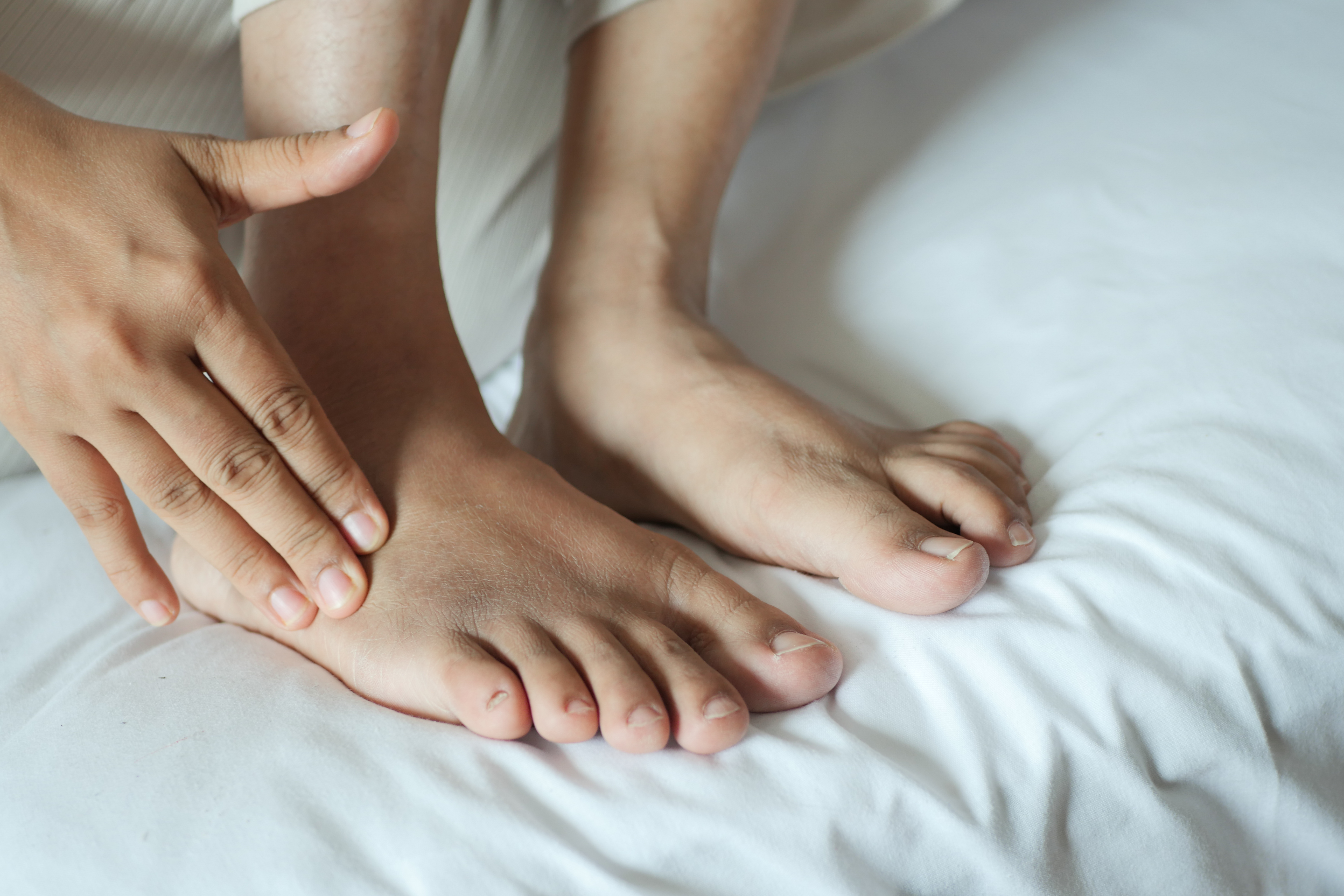
PTTD is a progressive condition where the posterior tibial tendon, crucial for supporting the arch, becomes inflamed and eventually fails. Often described as adult-acquired flatfoot, it starts with pain along the inside of the ankle and foot, progressing to a noticeable flattening of the arch. More common in women over 40 and those with existing flat feet, early intervention is vital. Treatment involves bracing, orthotics, rest, and physical therapy to support the tendon, as untreated PTTD can lead to significant deformity and severe mobility issues.
14. Metatarsalgia – The Forefoot’s General Discomfort

While Morton's Neuroma targets a specific nerve, Metatarsalgia describes general pain and inflammation in the ball of the foot, specifically the area surrounding the metatarsal heads (bones connecting to the toes). It often feels like walking on pebbles or a persistent burning sensation. Causes include ill-fitting shoes, high impact activities, or other foot deformities that redistribute weight improperly. Treatment focuses on relieving pressure from the forefoot through wider shoes, metatarsal pads, and activity modification, aiming to alleviate discomfort across the entire forefoot.
15. Calcaneal Apophysitis (Sever's Disease) – The Growing Pains of Youth

Often confused with plantar fasciitis in adults, Sever's Disease is a common cause of heel pain in active children and adolescents (typically 8-14 years old). It's not a true disease but an inflammation of the growth plate in the heel bone (calcaneus) due to repetitive stress from running and jumping, common in sports. The pain is sharp, especially after activity, and subsides with rest. Treatment involves rest, ice, stretching the calf muscles, and heel lifts to reduce tension on the growth plate, allowing the young bone to mature without chronic irritation.
16. Ingrown Toenails (Onychocryptosis) – The Unexpectedly Excruciating Pain
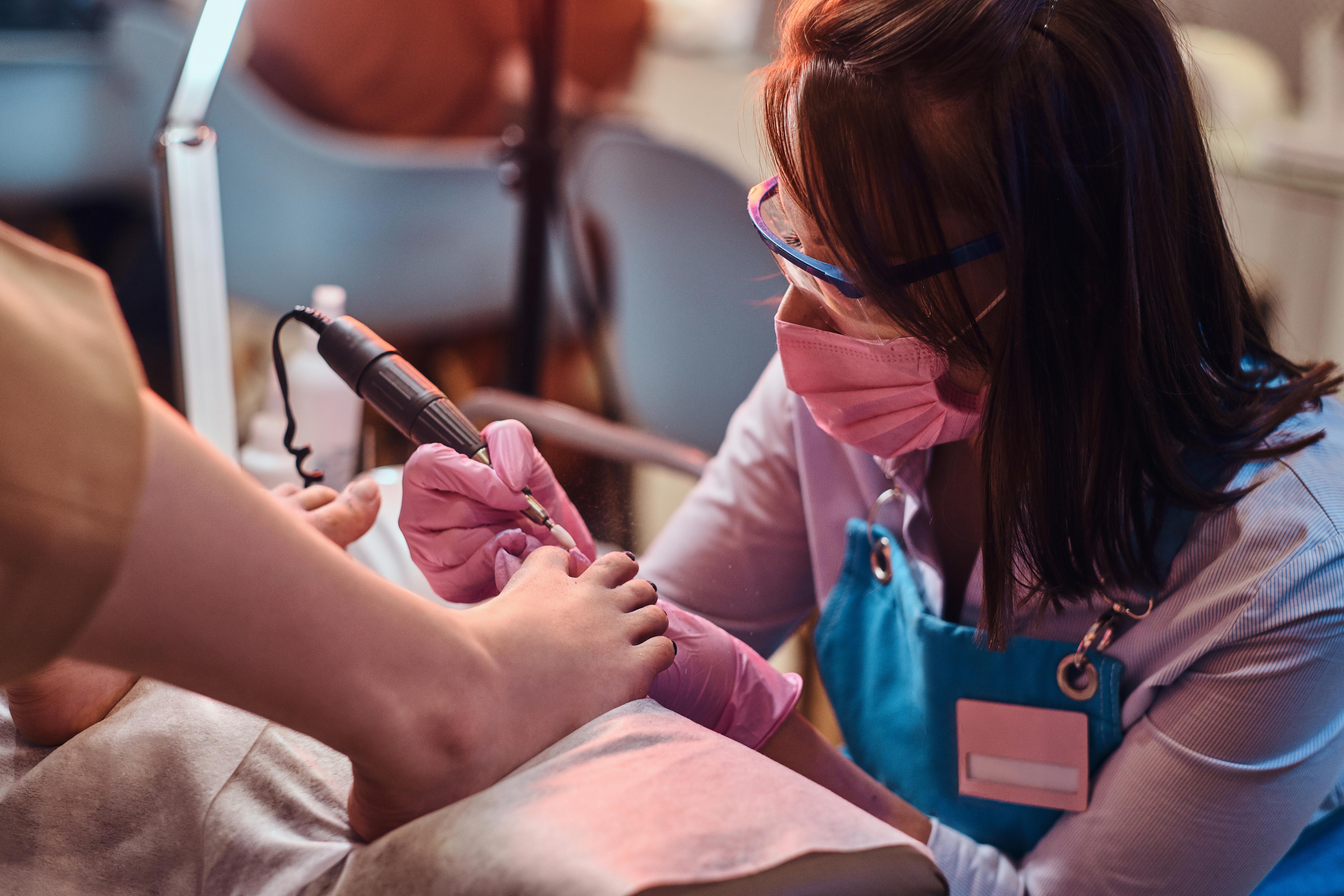
Though seemingly minor, an ingrown toenail can cause surprisingly intense and persistent foot pain. It occurs when the edge of a toenail, usually the big toe, grows into the surrounding skin, causing redness, swelling, tenderness, and potentially infection. Often caused by improper nail trimming (cutting too short or rounding the corners) or tight shoes, the constant pressure can be excruciating with every step. Treatment ranges from soaking and careful trimming to minor in-office procedures for chronic or infected cases, offering profound relief from this common, overlooked culprit.
17. Fat Pad Contusion (Stone Bruise) – The Acute, Direct Impact
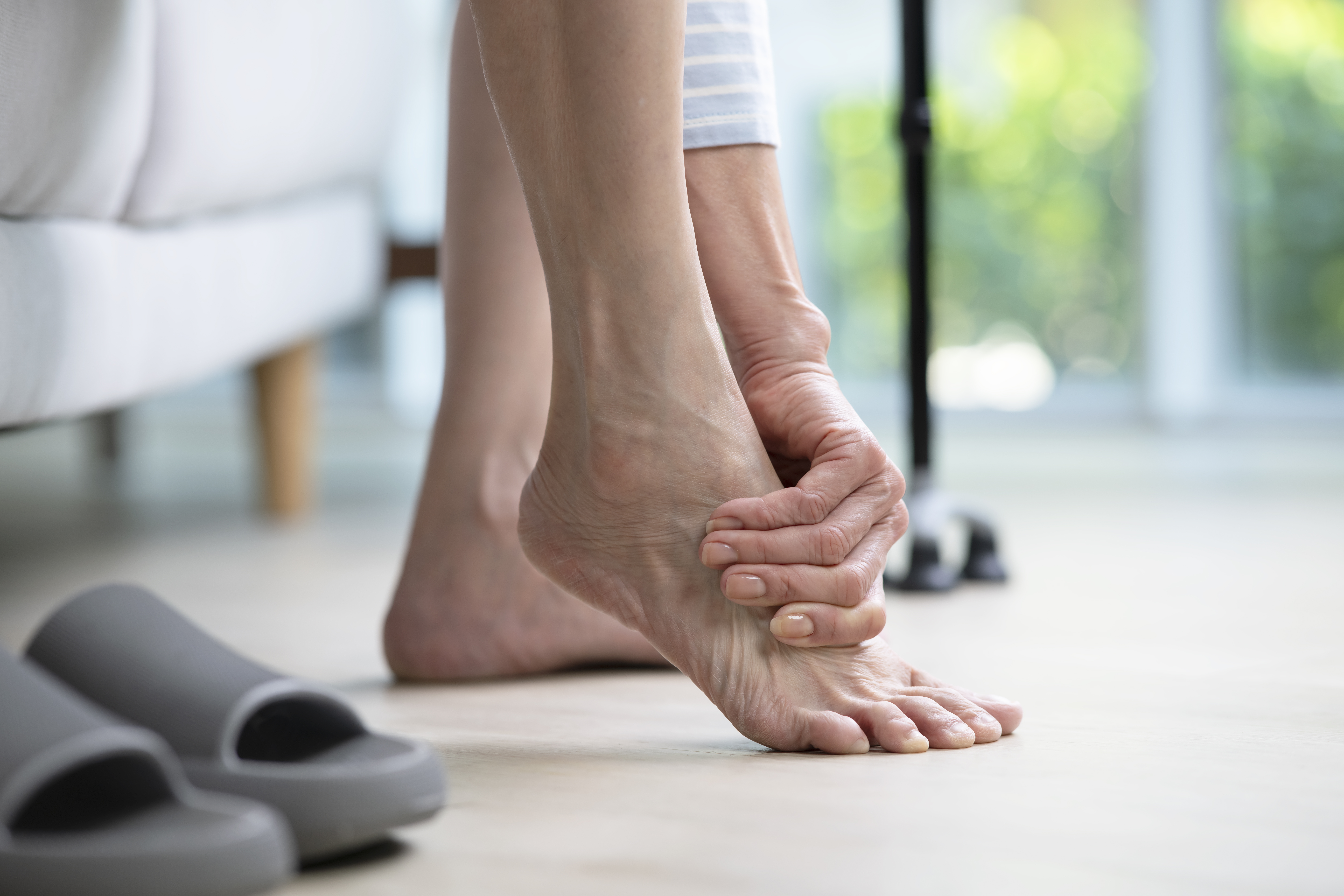
A "stone bruise" is an acute, sharp pain usually felt directly under the heel or the ball of the foot, resulting from a direct impact or stepping on a hard object (like a stone). This causes a contusion (bruise) to the protective fatty pad that cushions your foot bones. Unlike chronic conditions, it's typically immediate and localized. The pain worsens with pressure and walking. Treatment involves rest, cushioning the affected area with soft padding or orthotics, and avoiding repetitive impact until the deep bruise heals, which can take several weeks.
18. Hammertoes/Claw Toes – The Deformity that Rubs You Wrong

Hammertoes and claw toes are deformities where a toe (other than the big toe) bends abnormally at the middle joint, causing it to resemble a hammer or claw. This often results from muscle imbalances, nerve damage, or ill-fitting shoes. The bent toe rubs against footwear, creating painful calluses, corns, and blisters on the top of the toe or the ball of the foot. Treatment includes wider shoes, padding, splinting, and exercises, with surgery considered for severe, rigid deformities that cause chronic, debilitating pain.
19. Cuboid Syndrome – The Midfoot Misalignment
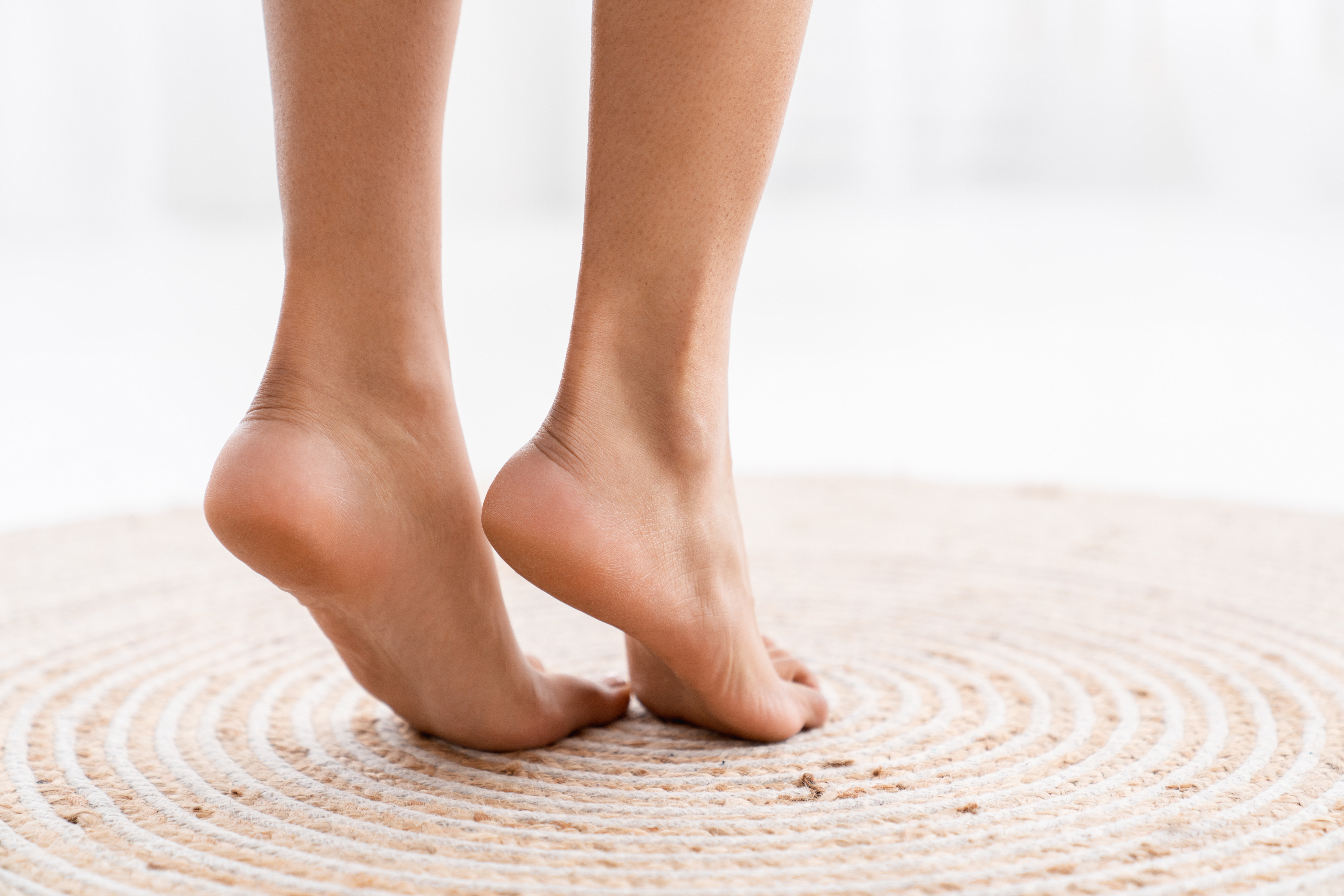
Cuboid Syndrome is a condition where the cuboid bone, a small bone on the outer side of the midfoot, subtly shifts out of alignment or experiences dysfunction. Often occurring after an ankle sprain or repetitive stress from activities like ballet or running, it causes pain on the outside of the foot, sometimes radiating towards the toes. It may feel like a dull ache or sharp pain during push-off. Diagnosis often requires a skilled manual examination, and treatment typically involves specific manual manipulation to realign the bone, followed by taping and exercises.
20. Sinus Tarsi Syndrome – The Ankle Sprain Aftermath
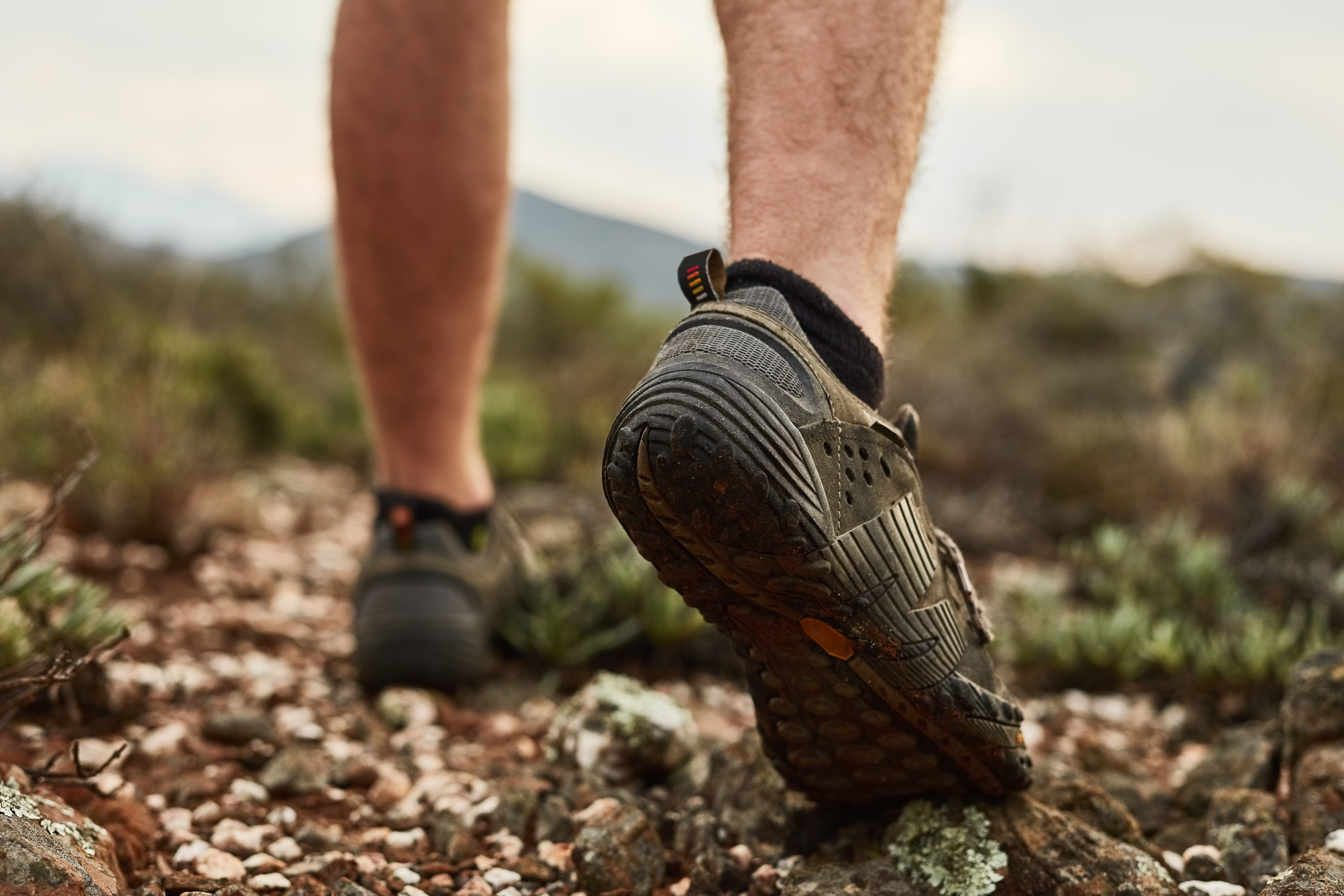
Sinus Tarsi Syndrome causes persistent pain on the outer front part of the ankle, often a nagging reminder of a previous ankle sprain that didn't fully heal. It results from inflammation or instability within the "sinus tarsi," a small canal between the heel and ankle bones. Symptoms include pain worsened by standing, walking on uneven surfaces, or prolonged activity, sometimes accompanied by a feeling of instability. Treatment involves physical therapy to strengthen the ankle, orthotics, injections, or, in some cases, arthroscopic surgery to alleviate the chronic pain.
21. Tinel’s Sign (Nerve Irritation Diagnosis)
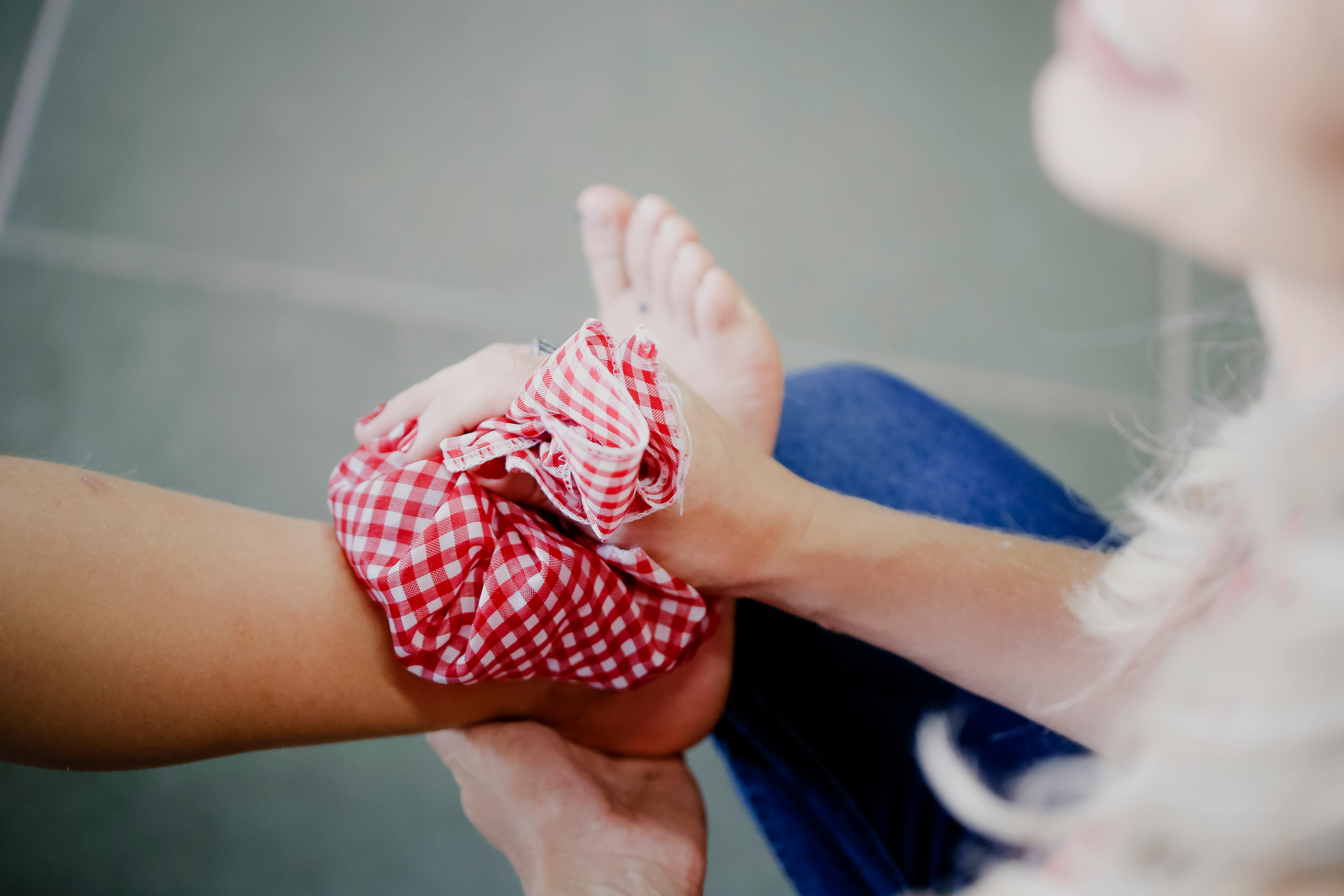
While you cover Tarsal Tunnel Syndrome (TTS), the general concept of nerve irritation warrants a spot, as the foot is crossed by many nerves susceptible to compression. Tinel's Sign is the diagnostic method (a tapping test) that reveals nerve irritation anywhere from the ankle to the toes. Pain here, often felt as burning or tingling, may signal nerve compression not severe enough to be full TTS. Causes include tight shoes, ankle swelling, or minor injuries. Paying attention to specific trigger points—where a tap causes pain—allows early intervention (like modifying footwear) before the irritation progresses to chronic neuropathy.
22. Peroneal Tendinitis – The Outer Ankle Ache
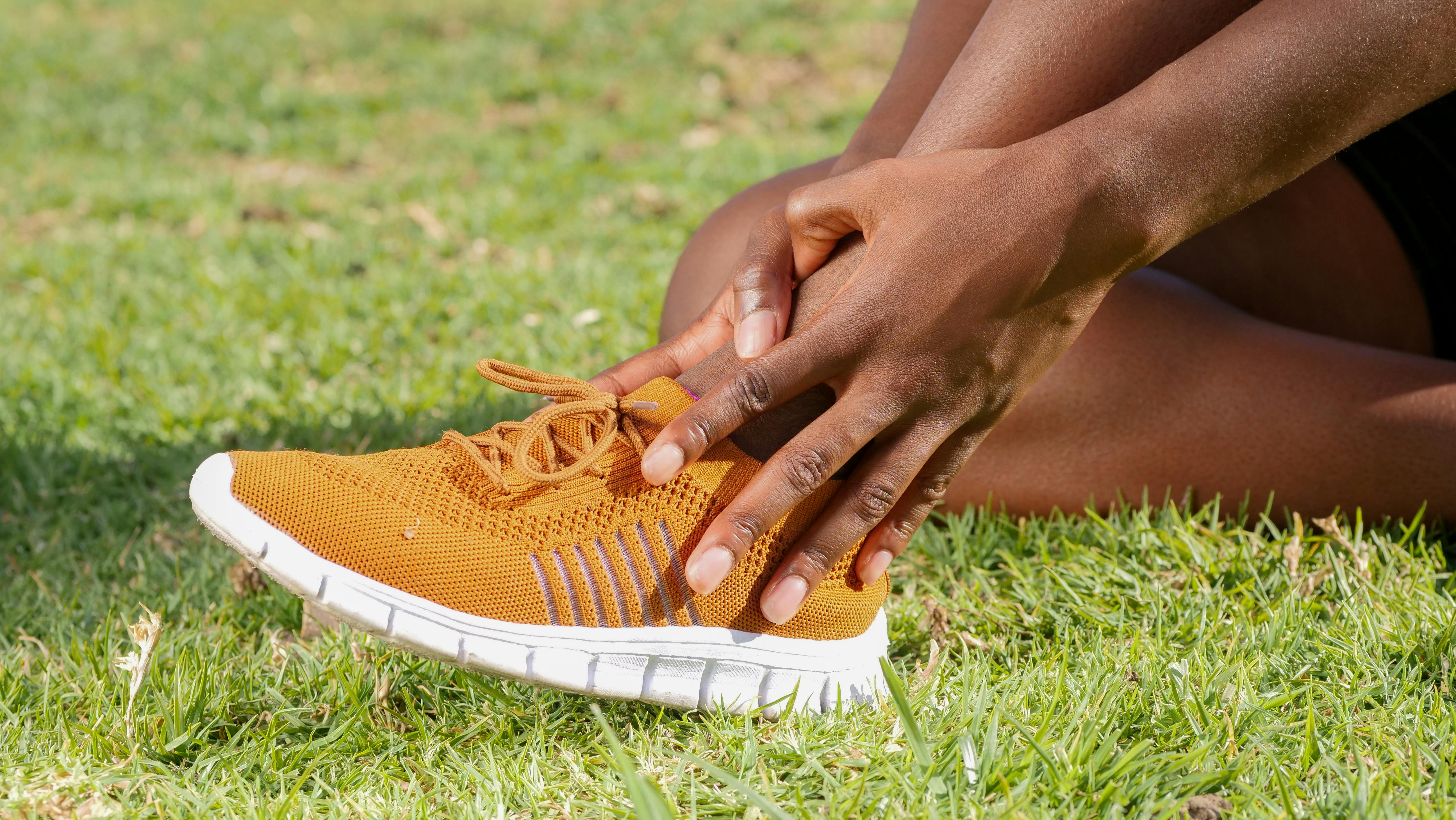
Peroneal Tendinitis involves the irritation or inflammation of the two peroneal tendons that run down the outside of the ankle and foot. This condition is prevalent in runners, hikers, or anyone with high arches or instability, as the tendons work overtime to stabilize the ankle during push-off. The pain is a dull ache on the outside of the ankle and midfoot, often worsening with activity and resisting relief from basic stretches. Treatment requires specialized physical therapy to strengthen the surrounding muscles and potentially custom orthotics to correct foot mechanics. Early recognition prevents chronic lateral instability.
23. Fat Pad Atrophy (Cushion Loss)

The foot's natural defense against pressure is the fat pad—a thick layer of protective, shock-absorbing tissue beneath the heel and ball of the foot. With age, high-impact activity, or certain medical treatments, this pad can thin out or atrophy, losing its cushioning capacity (distinct from an acute contusion). This results in chronic, unyielding pain that feels like walking directly on bone or marble, and the pain is resistant to cushioning from shoes. Management involves custom orthotics and viscoelastic padding designed to replace the lost natural cushion and redistribute pressure away from the exposed bones.
24. Hallux Rigidus – The Stiff Big Toe
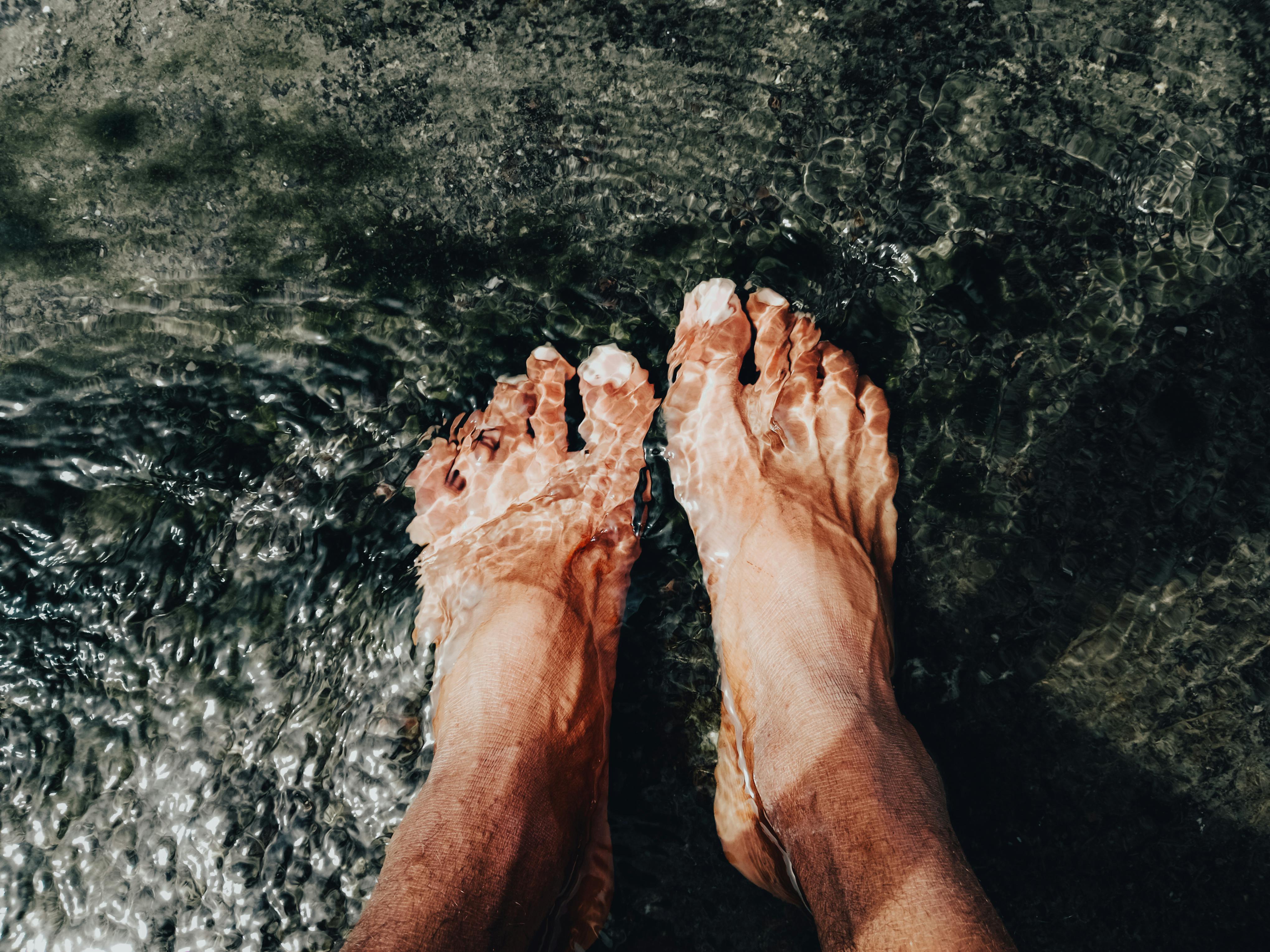
Hallux Rigidus is a progressive form of osteoarthritis specifically affecting the joint at the base of the big toe (the metatarsophalangeal joint). Unlike a bunion, which is a misalignment, rigidus is characterized by increasing stiffness and limited range of motion. The term rigidus refers to this stiffness, causing pain when the toe tries to bend (especially when pushing off to walk) and potentially forming a visible bony spur. Early treatment involves wider shoes and rocker-bottom soles to reduce joint bending, aiming to slow the progression of pain and preserve essential walking function.
25. Shin Splints (Medial Tibial Stress Syndrome) Referred Pain

While primarily a lower leg problem, shin splints (Medial Tibial Stress Syndrome or MTSS) often cause referred pain that radiates into the arch and top of the foot. MTSS is chronic inflammation of the muscles, tendons, and bone tissue along the tibia (shinbone), caused by a sudden increase in activity or poor mechanics. The stress travels down the fascia and connective tissue, mimicking foot pain. Recognizing this referred pain means treating the leg, not just the foot. Rest, ice, appropriate stretching, and correcting underlying foot structure issues (like overpronation) are key to resolving the distal ache.
A Path to Pain-Free Feet
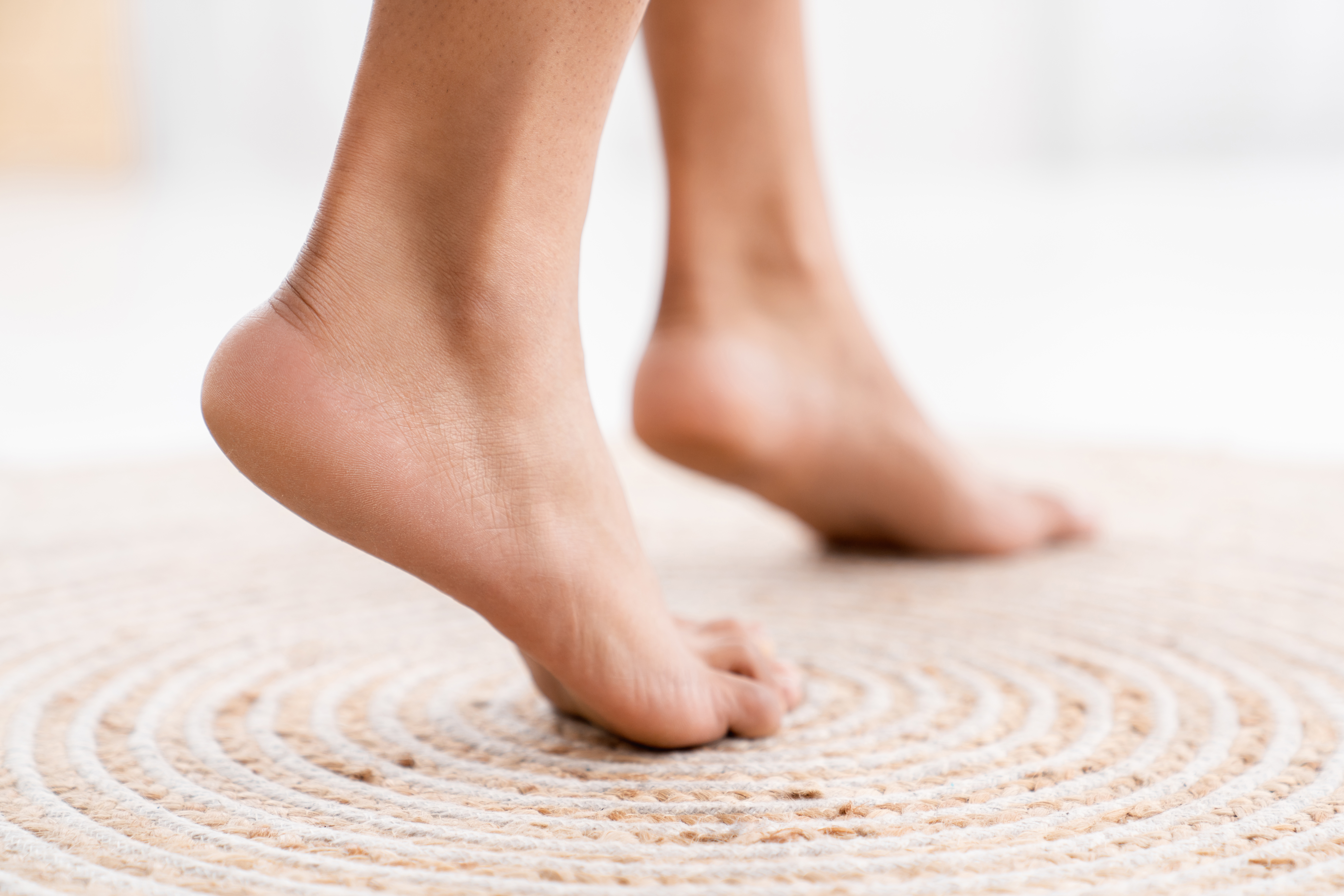
Persistent foot pain can significantly impact one's quality of life, but understanding its causes is the first step toward effective treatment and prevention. From plantar fasciitis to stress fractures, each condition presents unique challenges and requires targeted interventions. Proper foot care, supportive footwear, and lifestyle modifications play a crucial role in managing and preventing foot pain. For those with underlying health conditions, such as diabetes or arthritis, regular monitoring and early intervention are essential to prevent complications. By unraveling the top culprits behind persistent foot pain, we hope to empower individuals with the knowledge needed to take proactive steps toward maintaining foot health and achieving a pain-free life.
